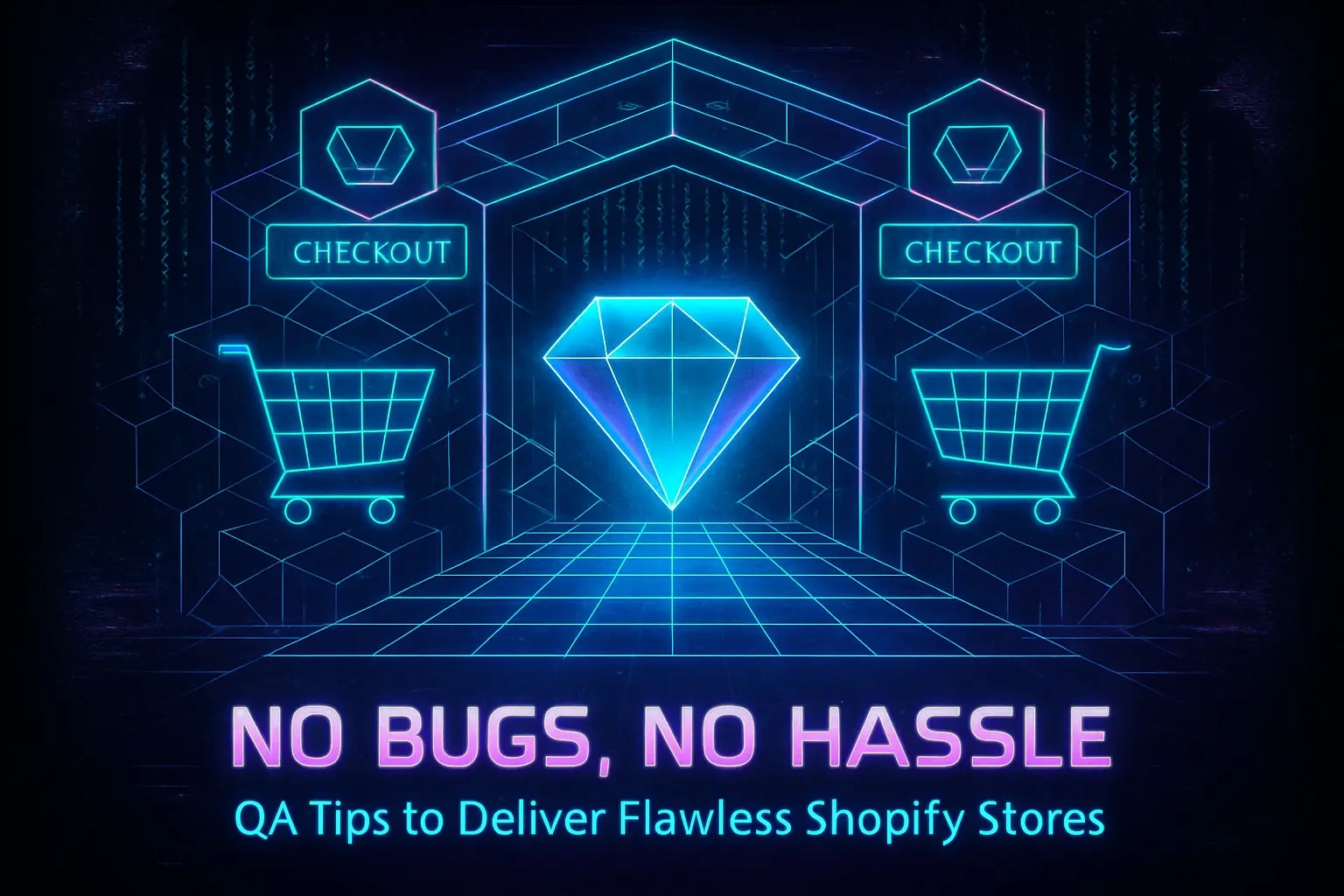No Bugs, No Hassle: QA Tips to Deliver Flawless Shopify Stores

No Bugs, No Hassle: QA Tips to Deliver Flawless Shopify Stores
The Pre-Launch QA Foundation
Core Functionality Testing
Product Page Perfection
The Checkout and Payment Gauntlet
Ensuring a Seamless User Experience (UX)
Cross-Browser and Cross-Device Compatibility
Mobile Responsiveness Validation
Performance and Load Speed Optimization
Technical and Security Deep Dive
SEO and Search Engine Compliance
Security Vulnerability Assessment
Third-Party App and Integration Testing
Email Notification Checks
The Final Check: User Acceptance Testing (UAT)
Involving the Client in Testing
Recruiting Beta Testers
References
No Bugs, No Hassle: QA Tips to Deliver Flawless Shopify Stores
The Pre-Launch QA Foundation
Core Functionality Testing
Product Page Perfection
The Checkout and Payment Gauntlet
Ensuring a Seamless User Experience (UX)
Cross-Browser and Cross-Device Compatibility
Mobile Responsiveness Validation
Performance and Load Speed Optimization
Technical and Security Deep Dive
SEO and Search Engine Compliance
Security Vulnerability Assessment
Third-Party App and Integration Testing
Email Notification Checks
The Final Check: User Acceptance Testing (UAT)
Involving the Client in Testing
Recruiting Beta Testers
References
Posted Jul 4, 2025
Deliver flawless Shopify stores every time. Our expert QA checklist covers everything from functionality and performance to security, ensuring a bug-free launch.








